Translated by Carlos Magin and Alessandro Morosin
After a lengthy process of more than 13 hours that began on Tuesday, May 22 and ended early morning on the following day, the Mayor Riesgo C. court, directed by Guatemalan Judge Pablo Xitumul, convicted 86-year-old retired general Benedicto Lucas Garcia to 35-58 years in prison, as well as four other Guatemalan senior military commanders who participated in counterinsurgency during the civil war of the 1980s until 1996. This war left 200,000 casualties and 50,000 disappeared, out of which 5,000 were minors.
The court’s ruling, presented at 4:30 AM on Wednesday, May 23 (8:30 GMT local time) read as follows: “The military men directly participated in designing the counterinsurgency plan, and ordered the men executing the plan to capture and torture Emma Molina Theissen, who was beaten and raped by soldiers in a torture-like manner for nine days. After she escaped, they illegally preceded to capture and disappear her brother, Marco Antonio”.
Enma Theissen waited 37 years for justice to be served after the disappearance of her 14 year-old-son in 1981, Marco Antonio Molina Theissen, and for the kidnap, torture, and rape of his sister, Emma Guadalupe Molina Theissen.
According to the records, it was September 27, 1981, when Emma Guadalupe Molina Theissen was detained in a checkpoint conducted by the Army on the road toward the Guatemalan highland. Within her belongings, the military men found propaganda from the Patriotic Labor Youth (Juventud Patriótica del Trabajo) movement, a Marxist-inspired group. For Enma, what happened next was completely different. The military men, dressed as civilians, interrupted the residence located in the Florida colony, zone 19, where her family lived. “Inside our home they pushed the 14-year-old minor and they arrested him. They did not do anything to anybody else in the house. Only him. They took me room by room, they were trying to find weapons, or who knows what they were searching for. When I was able go out to the streets, they were taking him,” said Enma.
That was the last time she saw Marco Antonio. Exactly one day after one of her three daughters, Emma Guadalupe, escaped after being kidnapped for nine days, in which she was tortured and raped repeatedly by several Guatemalan military members.
Counterinsurgency & the United States
Benedicto Lucas Garcia, former Chief of Staff of the Guatemalan Army and brother of former Guatemalan president Romero Lucas Garcia, best known as the “criminal of war” by human rights organizations, was trained by the United States in the torture school known as the School of the Americas (SOA).
The United States’ School of the Americas is a military institution created in Panama during mid-1949. At its inception, the school was named the United States’ Latin American Training Center. In 1997, the CIA’s instruction manuals, used in this school, were declassified. One was titled “Murder Studies”. This manual detailed how to assassinate someone through distinct effective and sharp elements: a fall to a flat surface from a height of 75 feet, weapons, explosives, planned car accidents, among others. In addition, there was another manual titled “KUBARCK, counterintelligence interrogation”, which used methods like torture, beatings and murder.
Lucas Garcia not only received training from this American institution, he also received training in the French Military Academy of Saint Cyr, in Brazil and Chile. Garcia utilized the doctrine of “scorched earth” (tierra arrazada) to defeat the Guatemalan guerrillas, and especially the Guerilla Army of the Poor.
In 2012, forensic anthropologists’ exhumations led to the discovery of at least 550 disappeared victims between 1981 and 1988. This case, and the case of the Theissen family, resulted in the arrest of eighteen former military officials on January 6, 2016 accused of genocide and crimes against humanity. Twelve of these individuals were trained at the School of the Americas.
The Accused
After the Theissen family’s 37-year effort to seek justice, the court sentenced Benedicto Lucas Garcia, Division General Manuel Antonio Callejas and Chief of Staff of the Guatemalan Army Hugo Ramiro Zaldaña, for crimes against duties to humanity (25 years), forced disappearance (25 years), and aggravated rape (8 years). In addition, the court sentenced General Manuel Lizandro Barillas, military zone commander, to 33 years of deprivation of liberty. Francisco Gordillo Martinez was also sentenced to 33 years of deprivation of liberty for crimes against duties to humanity and rape with aggravation of sentence, while Edilberto Letona Linares, the Army’s second in command, was acquitted of all charges based on the court’s conclusion that he had no responsibility in the crimes.
All of them were in prison since January 6, 2016, after they were detained as petitioned by the Human Rights Prosecutor’s Office, who requested 112 years in prison for three members of the military.



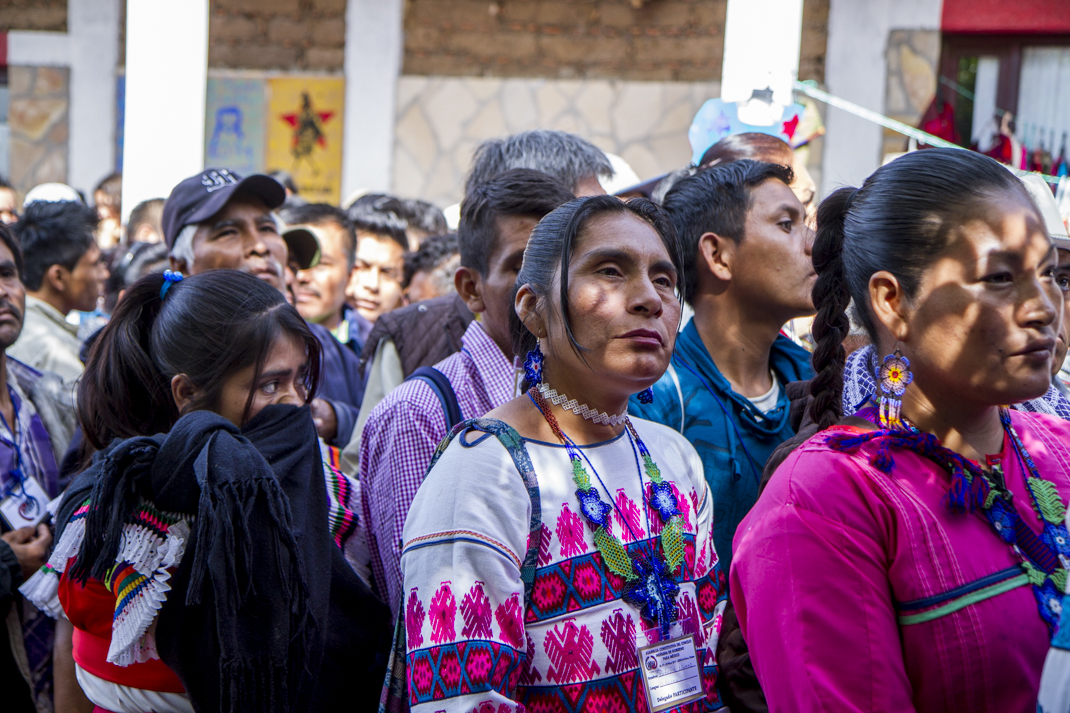
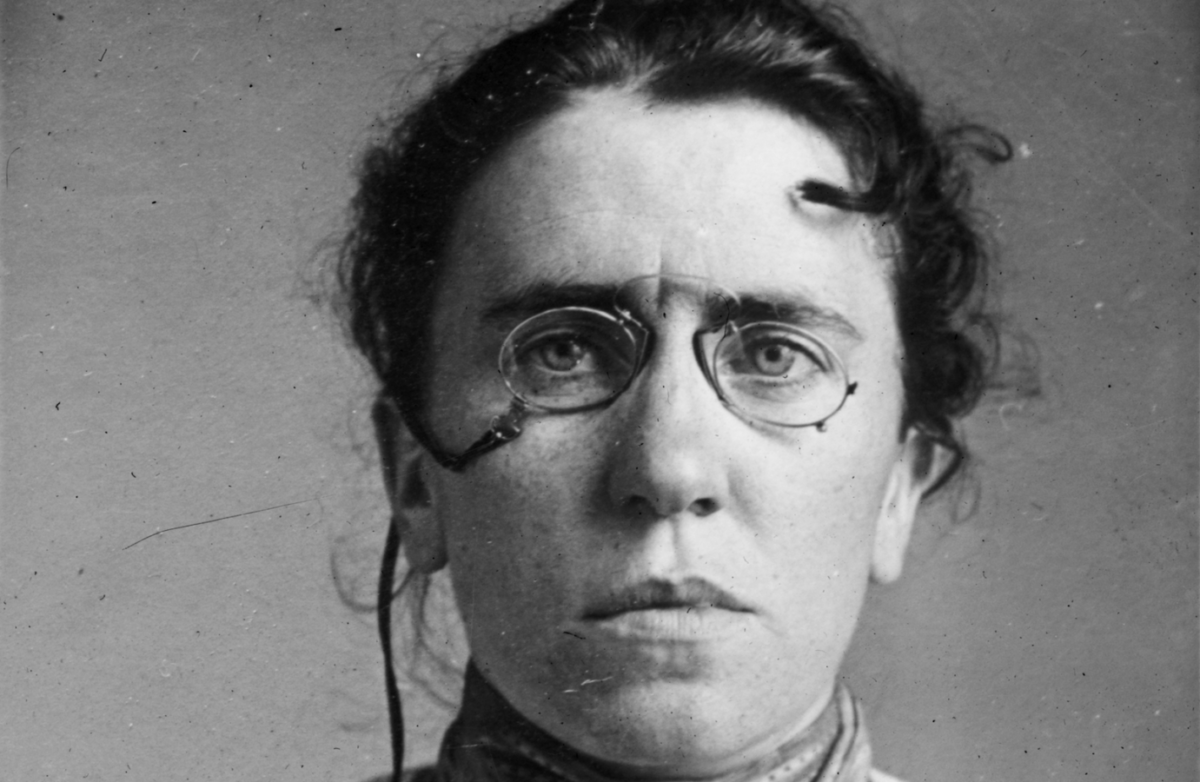
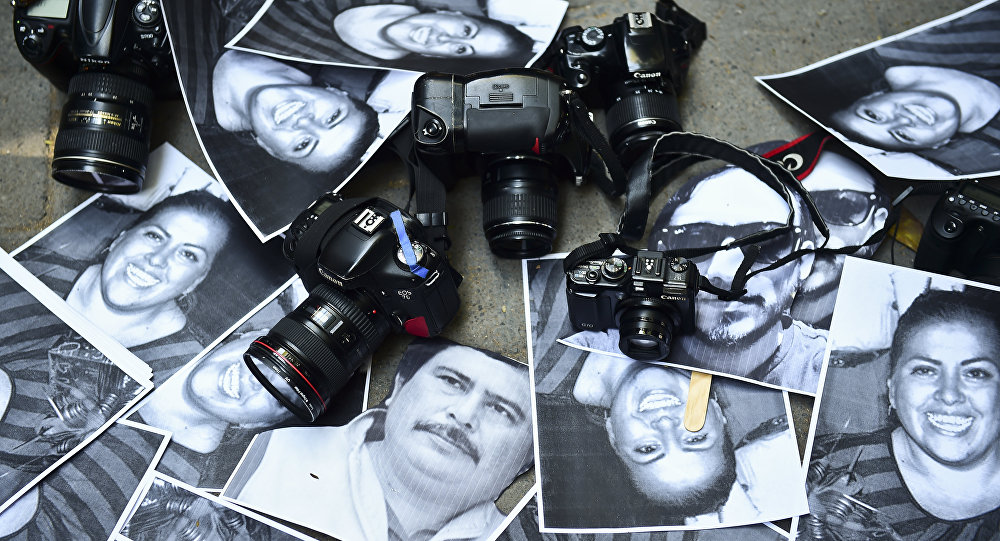
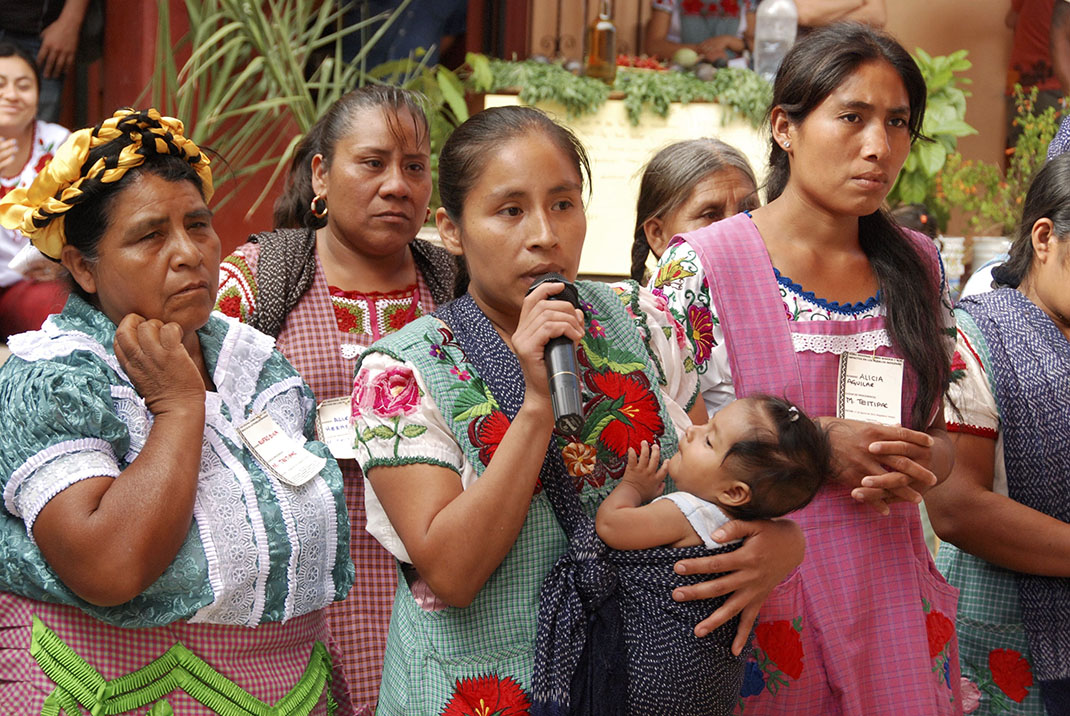
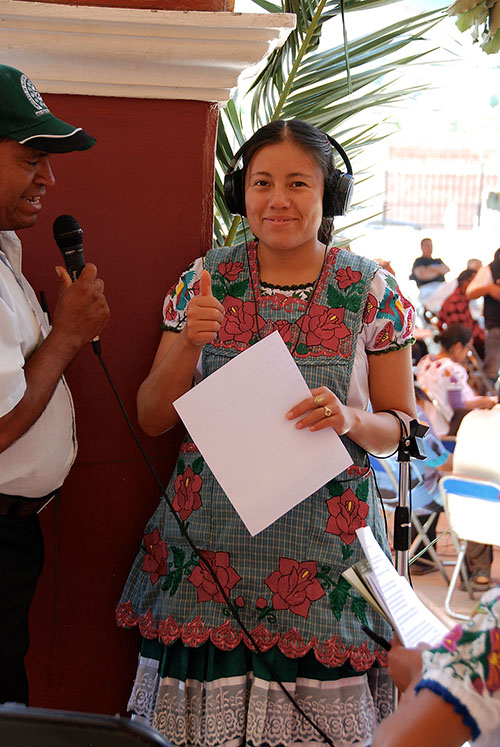
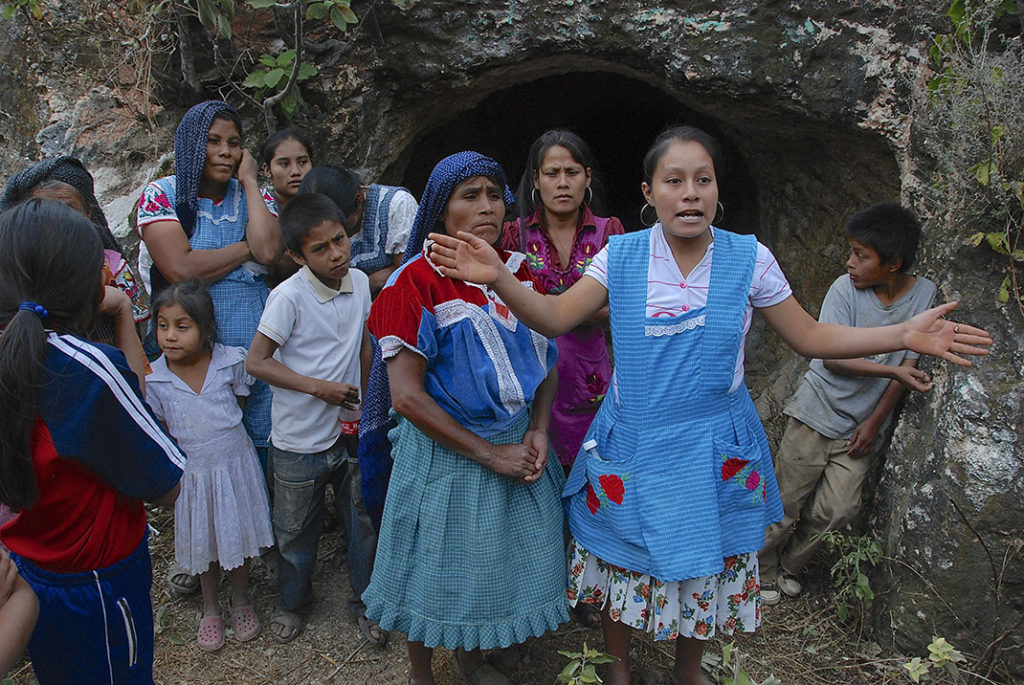

 “We congratulate President Juan Orlando Hernandez on his victory on the November 26th presidential elections, according to the Tribunal Supremo Electoral (TSE) (Supreme Electoral Tribunal) of Honduras,” said the U.S. State Department through spokesperson Heather Nauert, long before the political situation of this country was defined.
“We congratulate President Juan Orlando Hernandez on his victory on the November 26th presidential elections, according to the Tribunal Supremo Electoral (TSE) (Supreme Electoral Tribunal) of Honduras,” said the U.S. State Department through spokesperson Heather Nauert, long before the political situation of this country was defined.